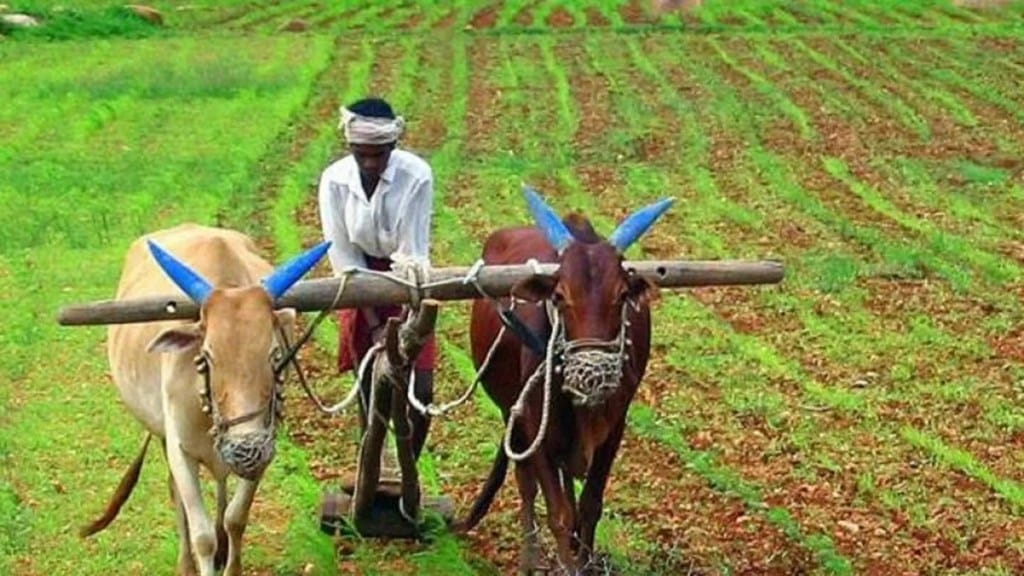Three states – Punjab, Himachal Pradesh and Uttarakhand – have joined the government’s flagship scheme that seeks to provide unique IDs for the farmers which are linked to their land records.
According to an official, while Punjab which will soon start providing IDs to farmers and are currently conducting ‘proof of concept’, Himachal Pradesh and Uttarakhand have started work on it.
In all, 16 states so far provided over 74 million such IDs, also referred to as Kisan Pehchaan Patra. Officials said that the target of providing 90 million such IDs would be met by the end of FY26.
Currently there are 112 million beneficiaries who are covered under the direct cash benefit transfer programme – Kisan Samman Nidhi (PM – Kisan)
The move to create farmers’ digital registry is part of the government’s digital agriculture mission, which would enable farmers to access benefits from a host of schemes.
In FY27, the agriculture ministry plans to provide 110 million, so that it is easier for policymakers to capture farmer demographic profiles, landholdings, and cropping patterns.
The facility is also expected to enable states to design targeted schemes.
Uttar Pradesh (15.6 million), Maharashtra (1.24 million), Madhya Pradesh (9.3million), Rajasthan (7.9 million) Gujarat (5.7 million), Andhra Pradesh (4.5 million), Telangana (3.2 million) and Tamil Nadu (3.1 million) lead the issue of farmer IDs.
According to estimates, there are 140 million farmers in the country and out of these around 35% – 40% do not own lands and engaged in tenancy farming.
“Sanctioning credit and crop insurance using unique Ids of the farmers would be faster while cash transfer under the PM kisan is likely to be linked to these ids ,” an official said, adding that most of the states have digitized the land records.
In 2025-26 under Agri-Stack, the government has made an allocation of Rs 4,000 crore for developing farmer registries, including legal heir systems, and Rs 2,000 crore for conducting the digital crop survey. DCS aimed at incentivizing states to accelerate their adoption of digital tools.
Under AgriStack – databases of Geo-referenced village maps, crop sown registry and the farmers registry IDs are being created while 30 states in principle have agreed to create these digital tools.
For crop output estimates, DCS is being conducted across 22 states and union territories in the kharif season of 2025-26, an official said “more states need to be onboarded to conduct this across the country.” At present 29 states, with the exception of West Bengal and few UTs, have signed MoUs or Agri-Stack implementation.
Meanwhile, the agriculture ministry will be launching a digital platform – virtually integrated system to access agricultural resources (VISTAAR) under which farmers in the country would have access to a virtual classroom wherein they can learn best agricultural practices. The platform would allow access to credit, insurance and digital marketplaces.
The platform would support the development of robust Digital Public Infrastructure (DPI) for agricultural extension.
Digitalization of the existing agricultural extension system aims to expand its outreach substantially and enable every farmer to access high-quality advisory services on crop production, marketing, value and supply chain management and Climate Smart Agricultural practices, weather advisories etc.


